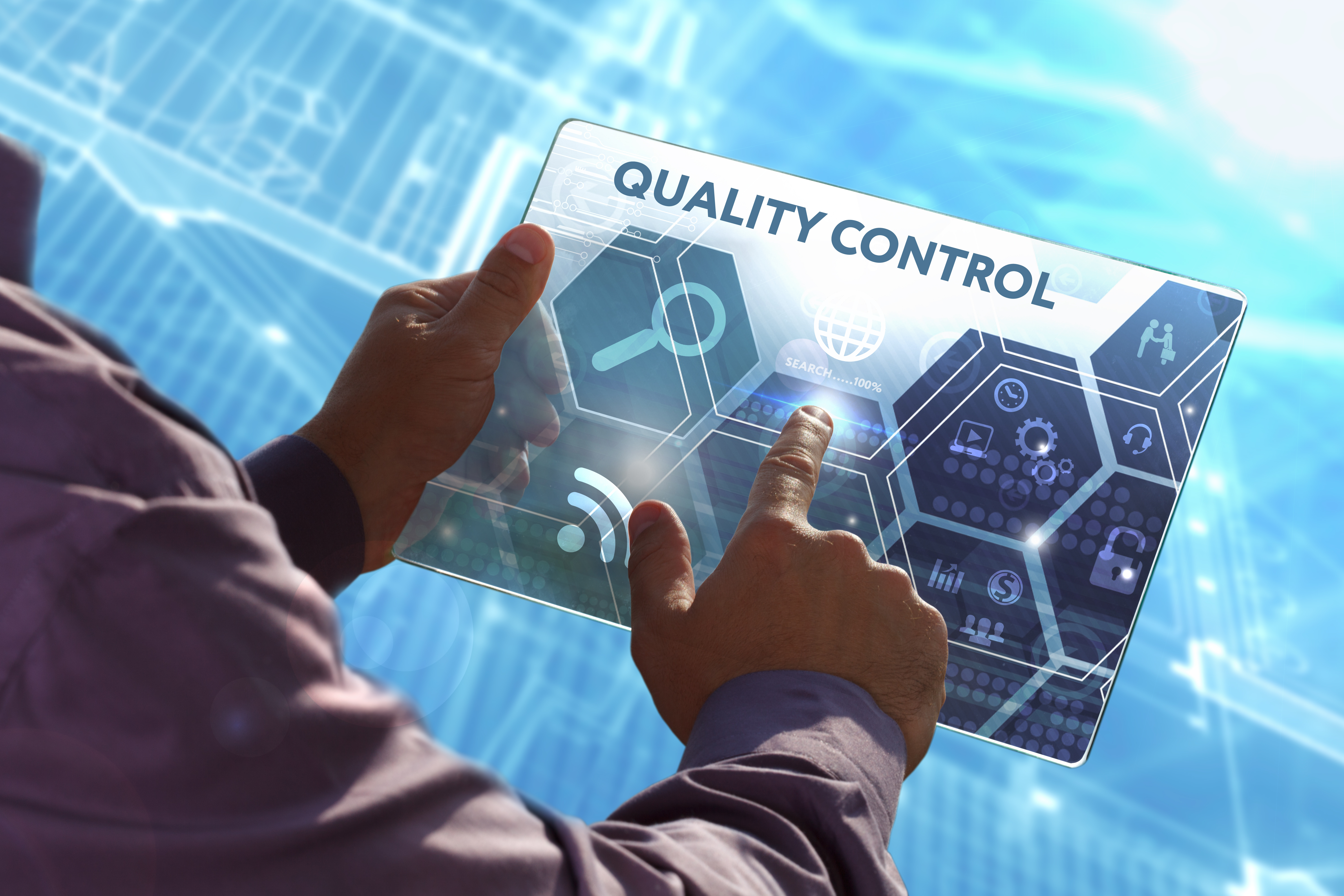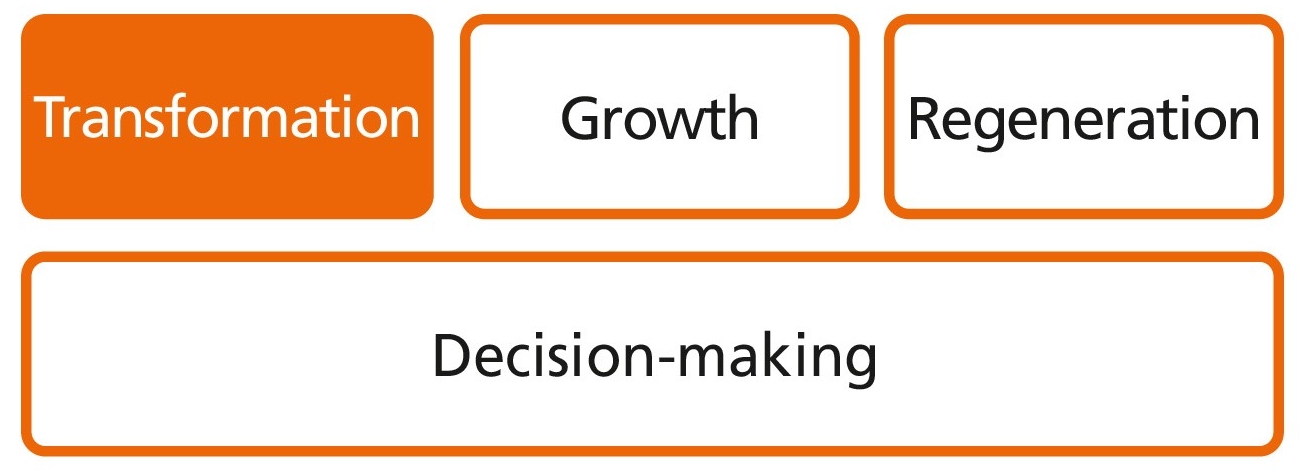What is the challenge?
Quality assurance includes all measures to ensure defined quality requirements. They take place in every company in many different areas and designs. For example, the quality of individual products (such as components or foodstuffs), the safety of processes and the quality of consulting and other services are recorded and checked. The identification of counterfeits also falls within the scope of quality assurance. Manual quality control is time-consuming and cost-intensive and can be prone to errors.



